Experimenting with Red Light Therapy for Hashimoto’s Thyroiditis
When you are tired of feeling crappy, why not try something different? That is what I thought when I decided to experiment with red light therapy to help manage my Hashimoto’s Thyroiditis. Whether it works or not, time will tell!
This is simply my story. Nothing in this blog is medical advice. What works for me, might not work for you. But perhaps, by sharing experiences we can learn from each other. Check here to read my full disclaimer.
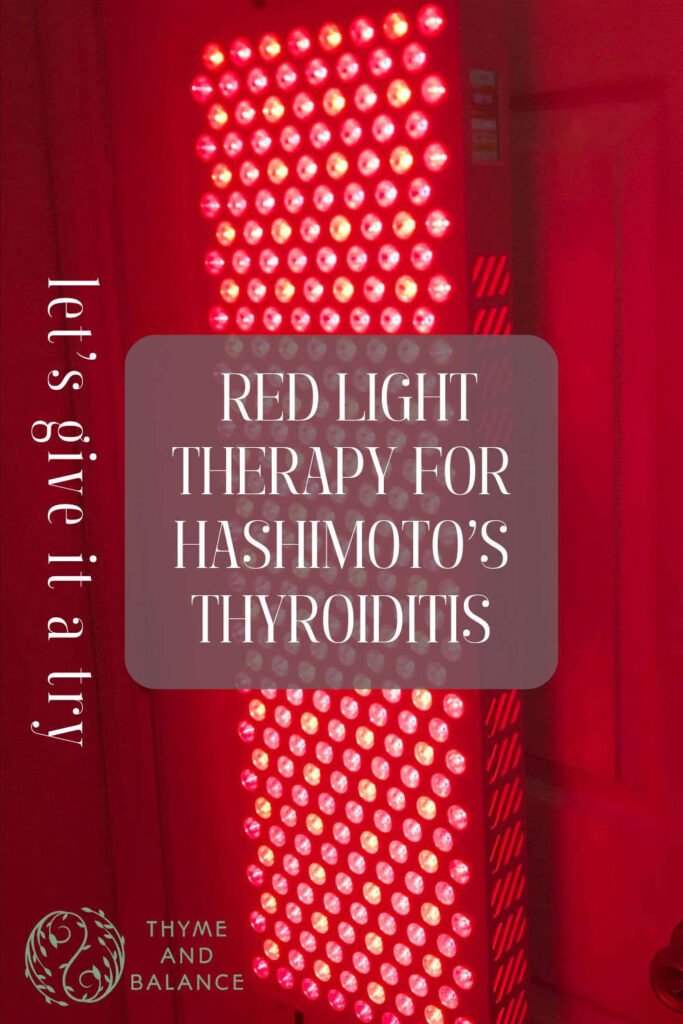
This blog is supported by you, the readers. If you make a purchase, by clicking one of the affiliate links in this blog, I may receive a small commission at no extra cost to you. Please read the disclaimer. I appreciate your support!
What is Red Light Therapy?
Red light therapy involves the use of low-level red and infrared light to stimulate cell regeneration. It is said to improve a variety of conditions, including skin health, helps with pain management, wound healing, and even hair growth.
It is supposed to help reduce inflammation too!
Red light therapy goes by many names. Most often I have seen it being referred to as low-level laser therapy (LLLT) or photobiomodulation. But there are also many other names used.
A lot of research has been done on the use and benefits of red light therapy, and the list of supposed benefits is long. But the jury is still out and a lot more research is needed.
That said, the therapy involves exposing your skin to red or infrared light via a device with LEDs that emit light at specific wavelengths. Exposure per session is short. Usually only about 20 minutes. But it is all dependent on the device and desired outcome.
I won’t dive into all the technical details, as I don’t know enough about the science myself. But from what I understand, it seems to have a wide range of benefits for the body!
Why I Decided to Try Red Light Therapy for Hashimoto’s Thyroiditis
We were first introduced to red light therapy by Ken’s chiropractor. She has a panel set up in her practice. Before each appointment, patients sit in front of the panel for a few minutes
It made us curious, so Ken asked the chiropractor a lot of questions. And we did a lot of research on what it is, what it does and what it can potentially do for us!
This led me to dig deeper into red light therapy’s potential for treating Hashimoto’s Thyroiditis. Since my diagnosis, I have not had much luck in finding someone that can help me.
Following the Autoimmune Protocol (AIP) diet has certainly helped, but I need more support to find the root cause and feel better.
The benefits of red light therapy seem vast! I haven’t seen too much about negative side effects. The main drawback I have found is the cost of the equipment. So what do we have to lose, except for the money?
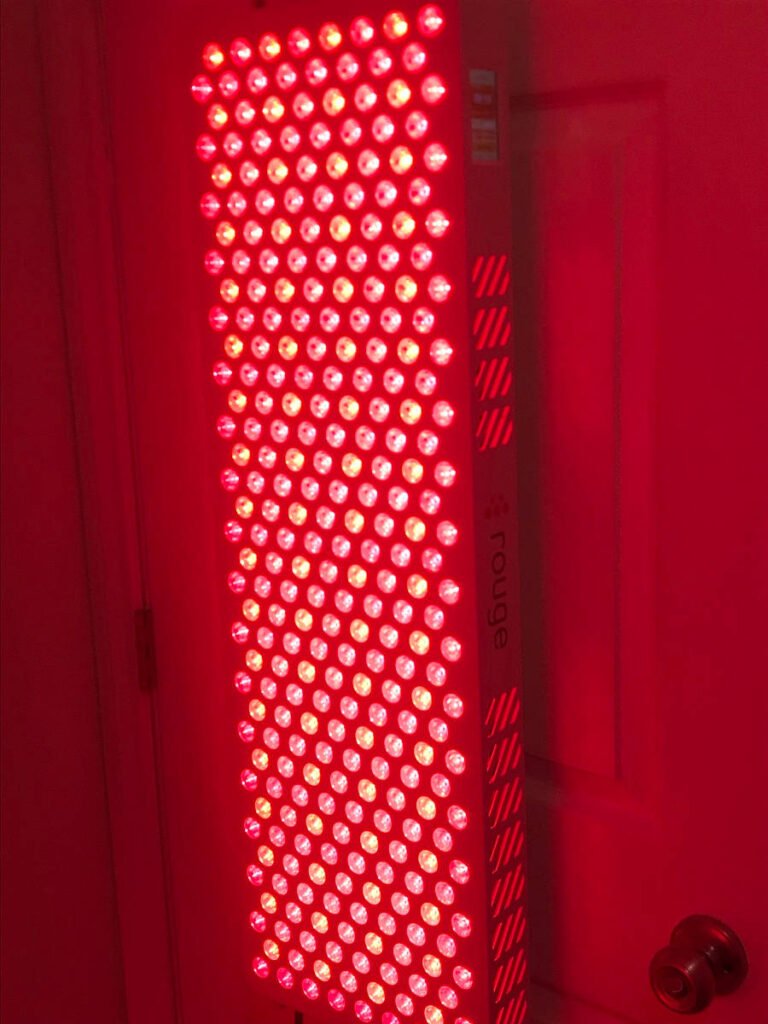
My Current Situation
My thyroid bloodwork is generally good, with most markers within the normal range. However, my antibodies remain high.
I believe that if I can pinpoint the root cause of my inflammation and get my antibodies under control, I may be able to delay medication. At least that’s my hope!
Antibodies are a sign of inflammation. And there are so many things that can cause this inflammation! By adjusting my lifestyle, reducing my exposure to toxins and harmful substances, and figuring out what foods do not agree with me, I am confident I can figure this out.
Red light therapy is just another tool in my toolbox, and I really hope it can help, even if just a little!
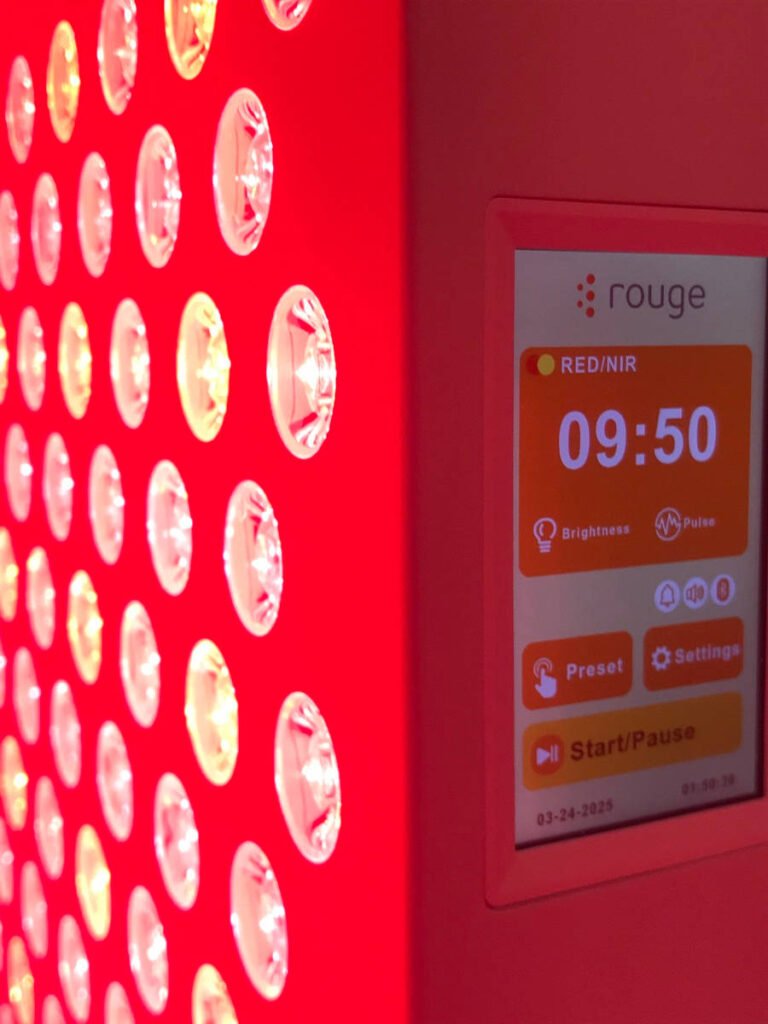
Studies on Red Light Therapy and Hashimoto’s Thyroiditis
I have read several accounts of people with Hashimoto’s Thyroiditis feeling better after using red light therapy. This led me to dig a bit deeper!
I found several studies that explored the use of red light therapy for Hashimoto’s, and while the results aren’t overwhelmingly positive, there are some encouraging results.
In a future blog post, I’ll break down these studies and share more details.
However, it is worth noting that the scientific literature on this topic is still limited. And I have absolutely no experience in this field!
Take it with a grain of salt, but the fact that some studies showed positive results was enough for me to give it a try!
Choosing a Red Light Therapy Panel
Red light therapy devices come in all shapes and sizes. They come with a large range of features, wavelengths and some devices, like the face masks, are for very specific purposes.
A little bit overwhelming to be honest! So much information, so many different opinions!
Here is what we considered when choosing our panel:
- Versatility: We wanted a panel that could be used on various body parts and covers .
- Coverage: Ken has back issues, so we needed a larger panel with enough LEDs for good coverage.
- Reputable Company: We looked for a reputable company with a good warranty and customer service.
- Wavelengths: We hoped for a large range of wavelengths. Without fully understanding what each wavelength adds and knowing that research is still being done to understand this all, we thought the more the better. At bare minimum, we wanted wavelengths in the 800 to 850 nm range for Hashimoto’s. These are the wavelengths used in the studies I mentioned.
- Budget: Make sure you set a limit, because you can spend a LOT of money on a panel!
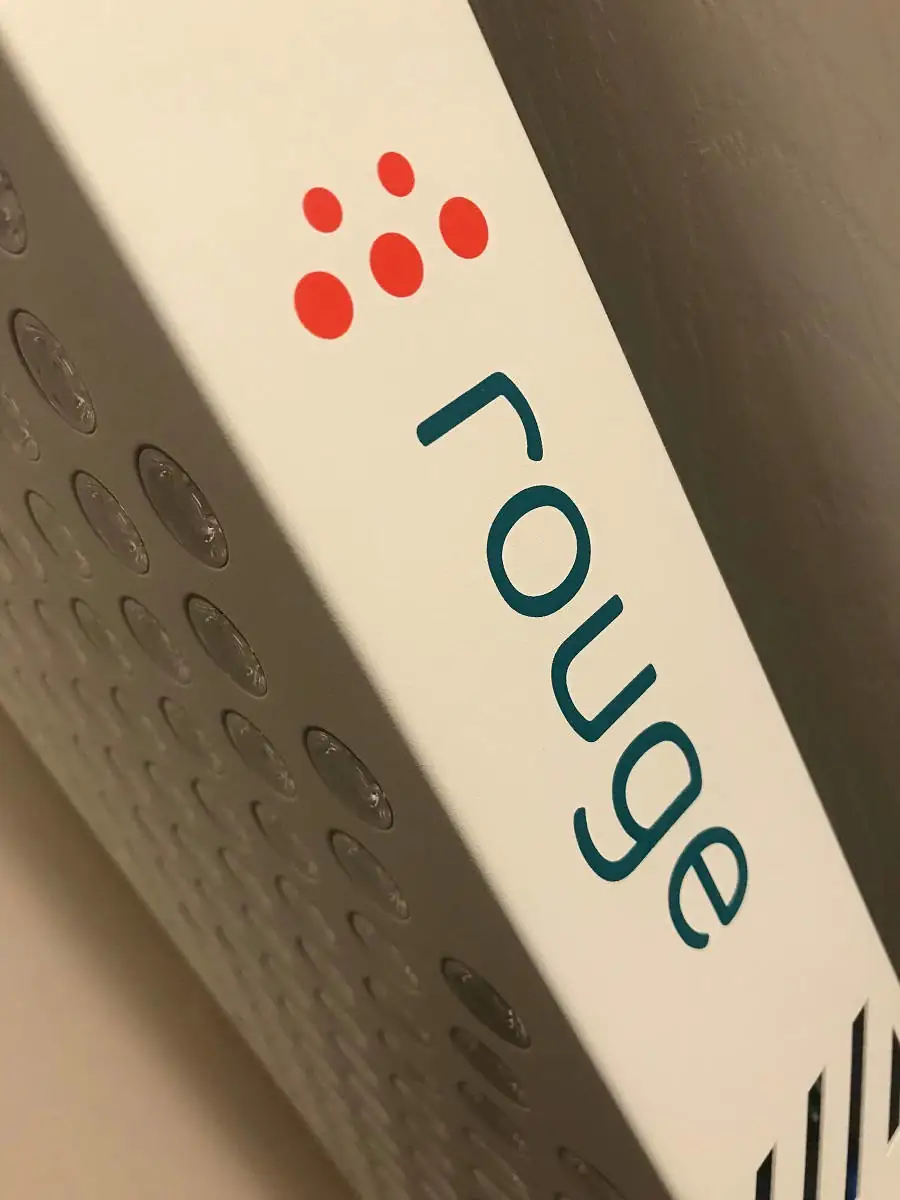
Why We Chose the Rouge Pro G4
Turns out we found a very good panel sold by a Canadian company!
Rouge has a good reputation and provides a 3-year warranty on their products with a 60-day satisfaction guarantee. Free shipping is also an added bonus!
I reached out to their customer service multiple times to ask questions, and I’ve been impressed with their responsiveness.
We were torn between the Rouge Pro G4 and a similar model sold in America. Their prices were comparable, and the features of the panel were quite similar
We opted to go with the Canadian company. Going with a more local company should make it a lot easier and cheaper down the road, if there are any warranty claims.
The Rouge Pro G4 offers 8 wavelengths (630, 650, 660, 670, 810, 830, 850, and 1060 nm), 7 preset programs and customizable settings. With 288 LEDs, it provides good coverage. It also has features like a remote control, an app, pulsing, and a timer. While I don’t fully understand the benefits of some of these features yet (e.g. the benefits of the dual chip), the panel seems promising!
First impressions: It seems like a solidly built panel. It is easy to use and has all the wavelengths we want for our issues. Looks promising so far!
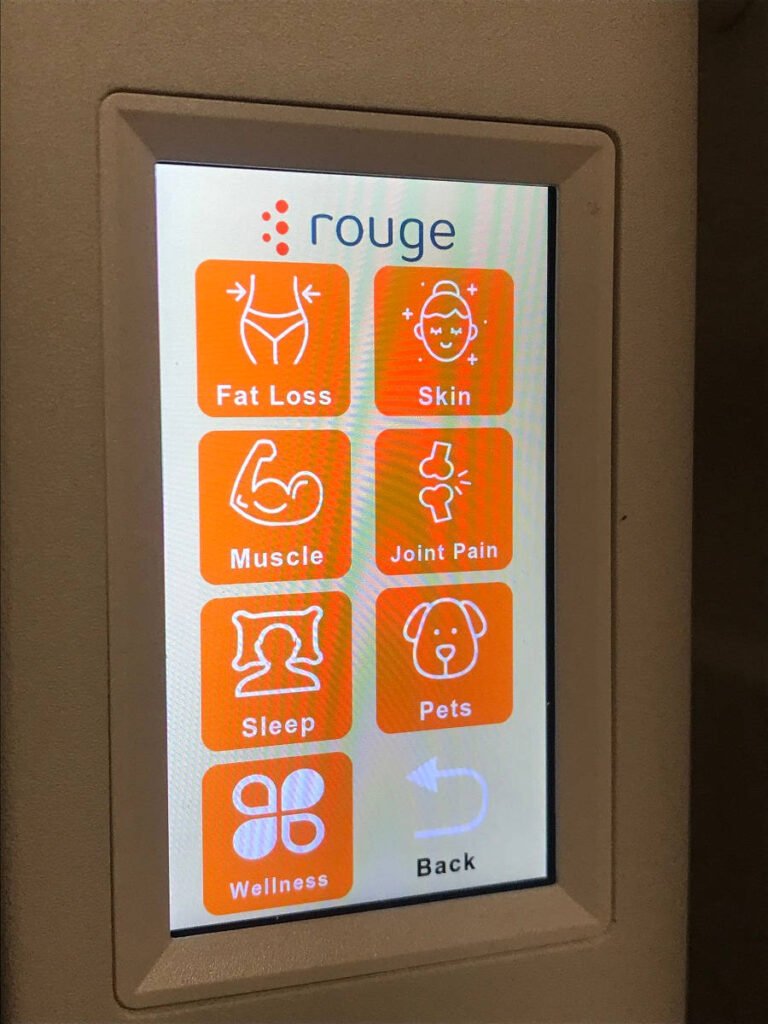
My Plan for Using the Panel
Before starting with the panel, I took baseline bloodwork (TSH and both Thyroid Peroxidase and Thyroglobulin Antibodies). I plan to retest in three months to see if anything has changed.
I track my bloodwork in my tracker (see below for download link), so I can easily monitor my progress.
Additionally, I’ve started a more detailed symptom tracker where I record the amount of red light therapy I use each day and any changes in symptoms. I will stick to the AIP diet but may gradually reintroduce foods when I feel ready.
My plan is to use the panel on my thyroid as well as other areas of my body. I’ll start slowly with 5-minute sessions per area, with a maximum of 20 minutes in total. For example, 5 minutes for the front upper body (including neck and face), 5 minutes for the back upper body, and so on.
Perhaps after some time I might increase this. I need to read up more on dosing to better understand that part.
Current Thoughts and Plans
I plan to try the panel for a few months and will be sharing an update on my experience here. Be sure to subscribe for updates on my journey!
Have You Tried Red Light Therapy for Hashimoto’s Thyroiditis?
I’d love to hear from you if you’ve tried red light therapy for Hashimoto’s or other autoimmune conditions. Have you noticed any relief or benefits? Or any unexpected side effects? Feel free to reach out and share your experiences, I’m eager to learn more!

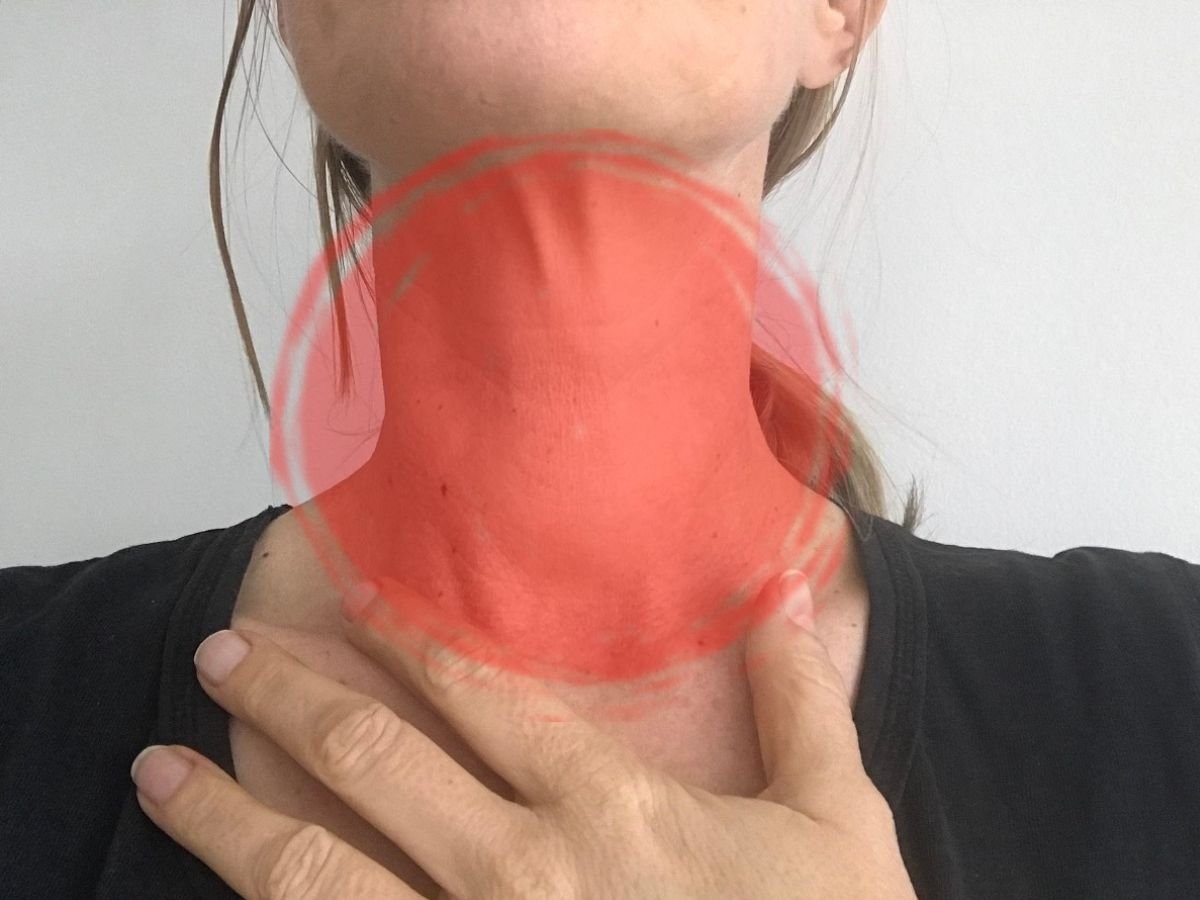
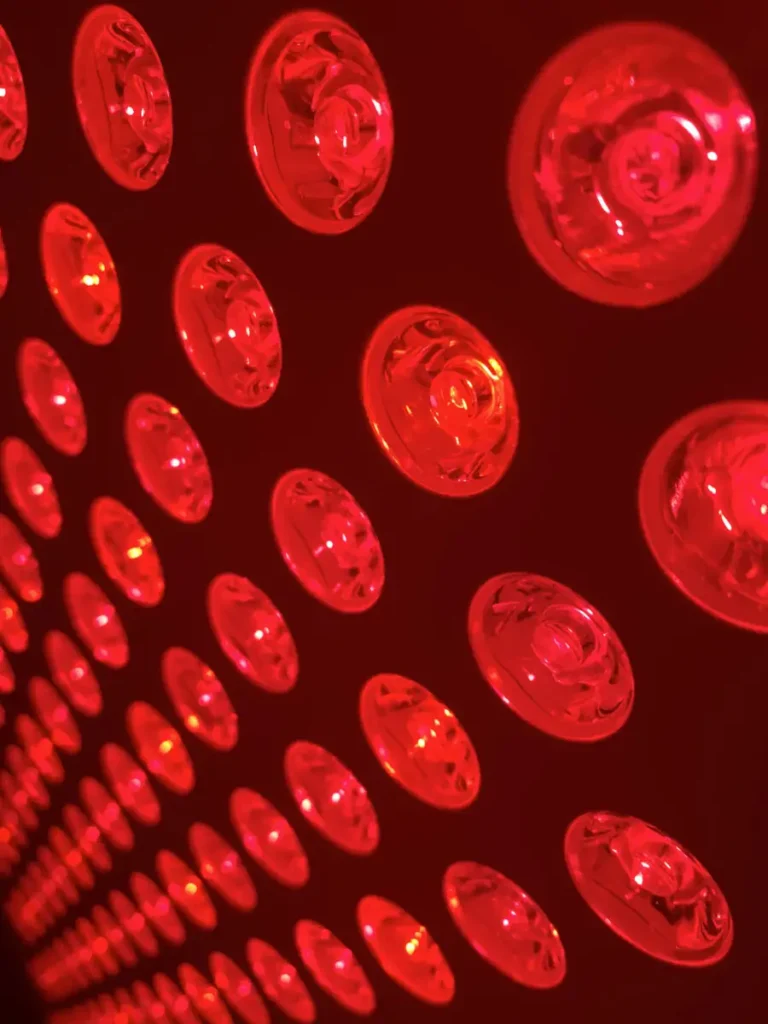




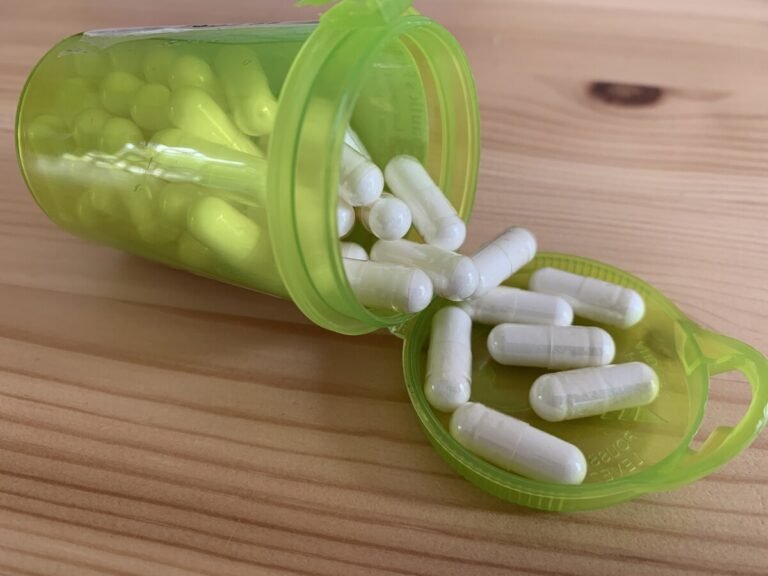
Hi Uli! I enjoyed reading your post and, like you, am a new Rouge Care Pro G4 owner and Hashi’s warrior. Have been battling the Hashi’s for about 7 years and am grateful to have the antibodies well under control. Speaking for myself, reactivated EBV seems to have kicked off my battle with Hashi’s and I was fortunate enough to find a functional practitioner in my area to work with who is well versed in both the EBV and the Hashimoto’s. Once diagnosed, she started me on low dose Naltrexone (LDN) which seems to have been quite effective in tamping down the antibodies along with diet and addressing the EBV. In case you aren’t familiar with LDN, here is a website devoted to the topic: https://ldnresearchtrust.org/ .
Wishing you the best in life and in better health!
Thanks for getting in touch Cheryl! And thank you for sharing your story!
I love my red light! I can feel when I haven’t used it! I hope it helps you too!
And thank you so much for the info on EBV and LDN. Something I have not yet explored, but I will definitely look into it!
All the best on your journey!